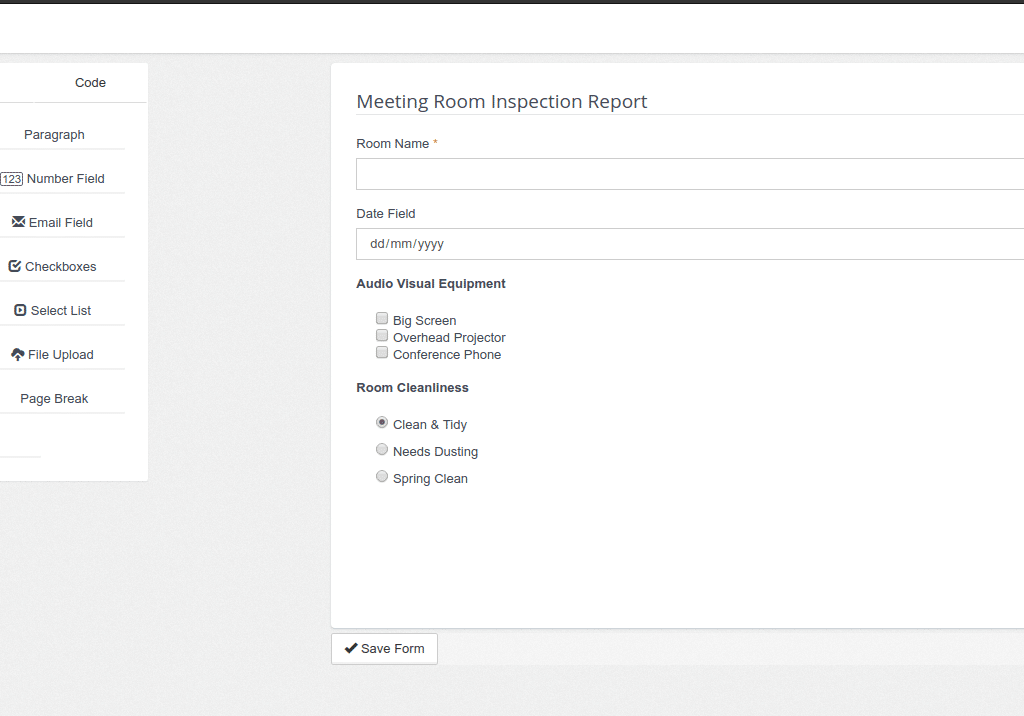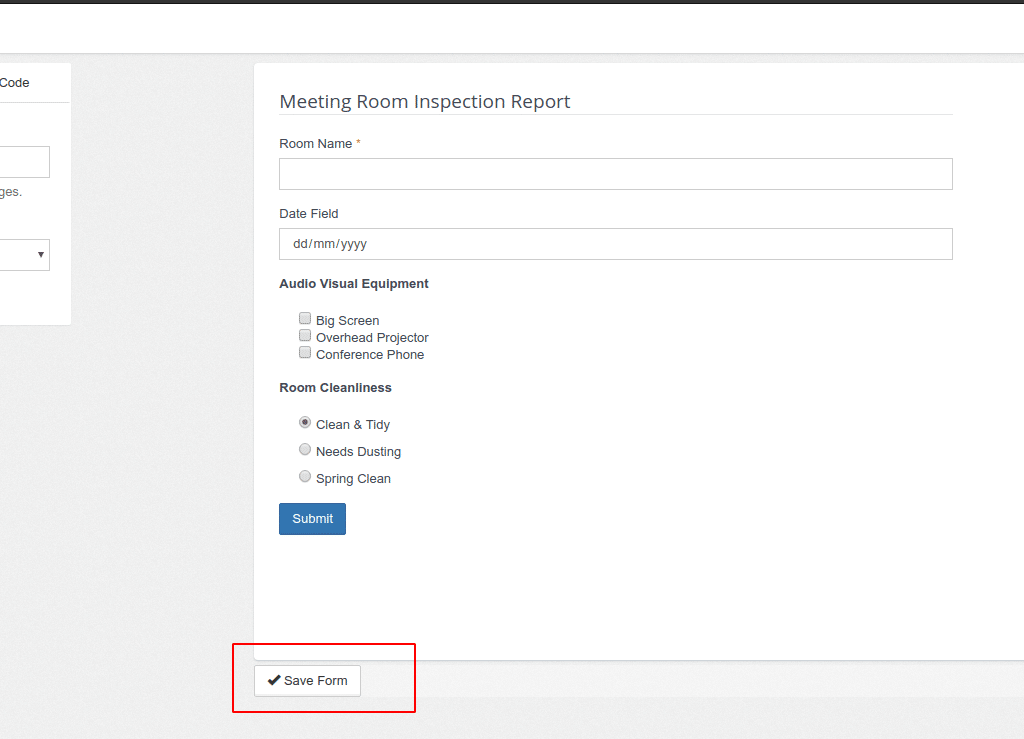Its seems that with the current rate of technological innovation that these is something new every single day. Therefore, you’re always looking forward to a new technological innovation that’s going to help you make your business operations more efficient and automated.
One of the most fascinating milestones in the field of technology is the integration of Artificial Intelligence (AI) in business. In one way or the other, AI gives a glimpse of machine supremacy that allows computers to perform tasks that were initially performed by humans.
Are machines going to completely replace people in the workplace?
Of course, not. Technologies like AI and Machine Learning are designed and meant to support employees in doing their tasks too boost their productivity.
AI is predominantly used to eliminate jobs and tasks that humans find boring, demotivating or monotonous. In some cases AI is also used to do jobs that are considered dangerous for humans to preform.
Previously the most common implementations for AI were all about gaming, entertainment, and advanced science, now it’s spreading into a number of industries including the field service industry.
FieldElite – Field Service Software , can help you optimise the day-to-day operations of your business.
AI in field service management will enhance you business capabilities with:
- Information Sharing
- Real Time Updates
- Automated Workflows
- Digital Form Data Collection
- Data Analysis
Improved Customer Service
For Service Based companies, customer retention is vital. Primarily because It can be 5-25 times more costly to acquire a new customer than it is to retain an existing ones.
Therefore customer retention should be a primary focus.? The good news is that by making use of AI you can implement services It can be 5-25 times more costly to acquire a new customer than it is to retain an existing one.
Staying on top of and ensuring you satisfactorily address and meet you customer demands and expectations can be a daunting task.? It can also be an expensive one,? especially for small field service based businesses like :
- Heating & Plumbing Engineers
- Electrical Contractors
- Fire Safety Inspectors
- HVAC Engineers
- Facility Management
- Building, Construction & Trade
Implementing Artificial Intelligence and Machine Learning to automate mundane and repetitive customer administration tasks will enable your staff to be free to provide additional value added tasks for your customers. Making your customers happier.
?Think about the active Chatbots. You can always get complaints directly from customers and address them right away.??
If at any point the customer is unhappy with your services, they can always raise the issue via the Chatbots. Since the bots contain necessary customer information, you can always get back to them and fix the issue at hand.?
With AI in field service, you can solve problems before they arise, or what is otherwise known as predictive maintenance,? In that way, you’ll have better customer relations because you’ll be able to address your customer concerns before they even become aware of them.
Improved Productivity
Scheduling tasks and managing the workforce isn’t a walk in the park. It goes beyond assigning tasks to your team members in the field and giving them deadlines to meet. Whether it’s a small firm or a big organisation, it’s quite difficult to organise the workforce.?
However, adopting Artificial Intelligence can iron out the difficulties most field organisations face in scheduling and managing tasks. Some years back, most firms relied on human intelligence to dispatch jobs to the right people based on given conditions. This was quite difficult, especially that it wasn’t always successful. But thanks to AI. With field service apps like FieldElite scheduling tasks and managing workforce is only a few clicks away.?
What’s more? There?s no room for error. Therefore, you’ll always match the right people for the job. Again, your team will always get tasks on time. That means, the job completion rate will go up, and hence the workforce becomes more productive.?
Predictive Maintenance
Usually, most business operations are based on ?solve the problem as it occurs?, which is just OK. However, it’s not always safe to wait until a problem occurs so that you solve it. Prevention is better than cure, and that’s why Artificial Intelligence comes handy in Field Service.
Using FieldElite Workforce Management Software , you don’t have to wait until something breaks.? Utilizing AI in field service enables you to proactively address field service needs and prevent unforeseen failures and interruptions.?
The ability to predict field service needs through field service apps like FieldElite enables you to make more accurate forecasts. In this way, resource planning is made easier, and as such, you’ll have smoothly running workflows. Again, by taking care of unforeseen circumstances in advance, you’re flexible enough to take care of the unexpected. And that means the overall productivity of your business will go up.
Job Management
Most field service jobs involve multiple stages that can take several days to complete. In addition to this, more often than not, you have to coordinate lots of equipment and contractors at the same time. All these can’t be achieved solely by human efforts. For more successful outcomes, it’s important to incorporate Artificial Intelligence in your field service operations.?
FieldElite is the field service solution that can help you manage sophisticated tasks. The app is packed with field service management tools that enable you to assign complicated tasks and keep track of your field techs. For long-cycle jobs, FieldElite app enables you to follow up on the activities going on the field to ensure they’re completed.?
With AI, there?s no room for error even when the jobs become more sophisticated.
Data Analysis
?
Field service industry involves lots of data. Some years back, organisations depended on human intelligence to analyse big data. Well, things still worked out, but as a human is to err, the outcome wasn’t always perfect. However, with Artificial Intelligence data analysis, 100% accuracy in data analysis is achievable. Field service solutions like FieldElite provide sophisticated data analytic tools that enable you to crack massive data and offer accurate solutions.?
FieldElite data analytics capabilities give you an insight into what’s not working and what needs to be improved. In that way, you can always address matters arising and take care of the loopholes.?
It’s time to go paperless with field management software like FieldElite if you?d like to make your business more profitable. Apart from improving the productivity of your workforce, incorporating AI in your business increases profitability. If you’re still doing your usual field rounds with a clipboard, it’s time to simplify your task with FieldElite app.?


